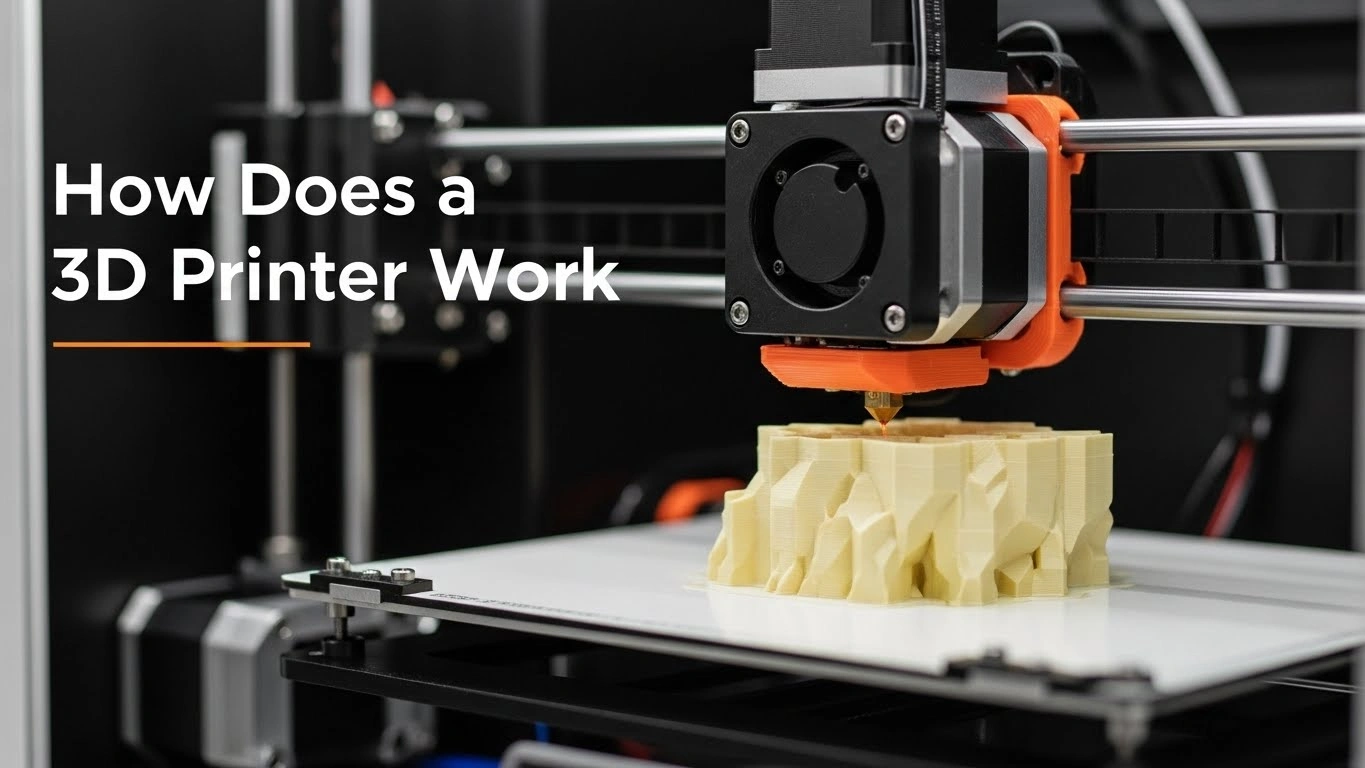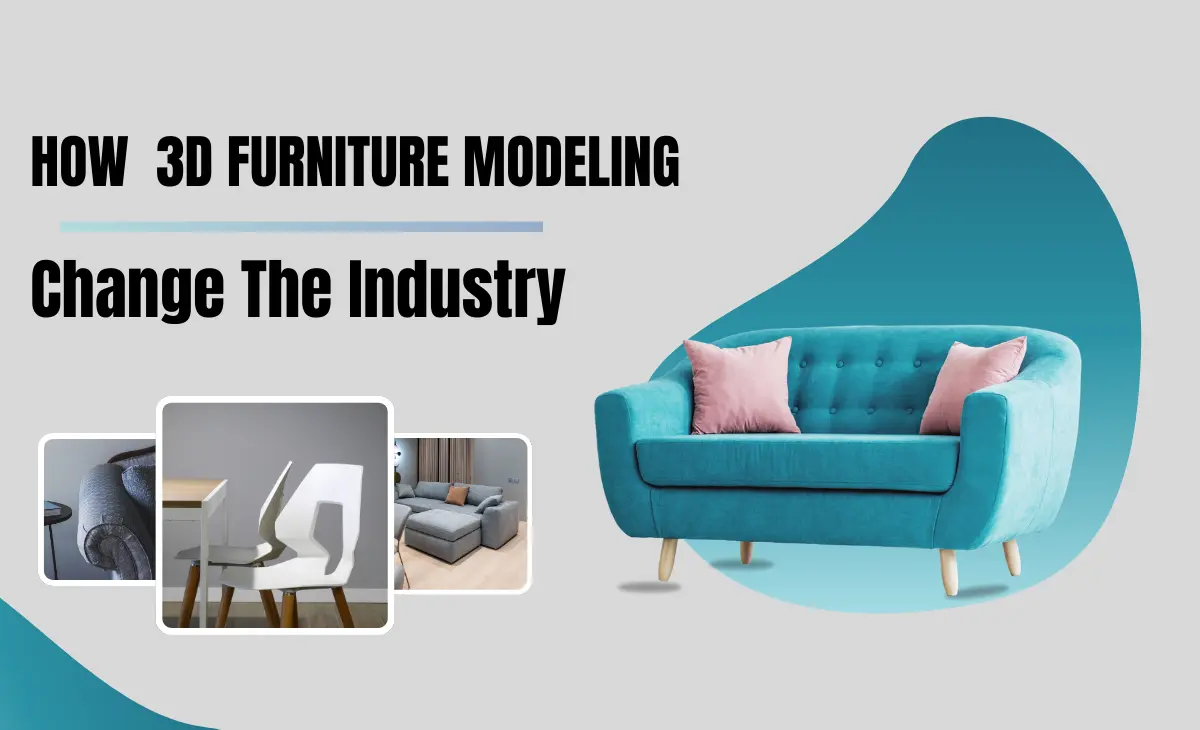AI is Revolutionizing 3D Modeling in 2025
AI is Revolutionizing: The world of 3D modeling is undergoing a seismic shift in 2025, thanks to the integration of artificial intelligence (AI). From streamlining workflows to creating hyper-realistic 3D models, AI transforms how artists, designers, and businesses approach 3D modeling services. Whether you’re a game developer, architect, or product designer, AI-powered tools are making 3D model creation faster, more accessible, and incredibly precise. In this blog, we’ll explore how AI is revolutionizing 3D modeling, its impact on various industries, and the future of this dynamic field.
The Rise of AI in 3D Modeling

3D modeling involves creating digital representations of objects or environments in three dimensions, used in industries like gaming, film, architecture, and 3D printing. Traditionally, crafting a high-quality 3D model required extensive manual work, specialized software, and years of expertise. However, AI is changing the game by automating complex processes, reducing production time, and enabling even beginners to create professional-grade 3D models.
In 2025, 3D modeling services are leveraging AI to offer innovative solutions, such as procedural generation, automated texturing, and intelligent rigging. These advancements are not only enhancing creativity but also making 3D modeling more cost-effective for businesses and individuals alike.
Key Ways AI is Transforming 3D Modeling
-
Procedural Generation for 3D Models
One of the most exciting applications of AI in 3D modeling is procedural generation. AI algorithms can generate entire environments, objects, or characters based on predefined rules or user inputs. For example, tools like NVIDIA’s Omniverse or Houdini’s AI-driven workflows allow artists to create vast landscapes or intricate cityscapes in minutes, tasks that once took days.
Procedural generation is a game-changer for industries like gaming and virtual reality (VR). Game developers can use AI to produce unique 3D models for levels, props, or NPCs (non-player characters) without repetitive manual modeling. This not only speeds up production but also ensures variety in 3D model designs, enhancing the immersive experience for players.
-
Automated Texturing and UV Mapping
Texturing is a critical step in 3D modeling, as it gives 3D models their realistic appearance. However, creating detailed textures and mapping them onto a 3D model (UV mapping) can be time-consuming. AI is revolutionizing this process by automating texture creation and optimization.
Tools like Adobe Substance 3D and Quixel Megascans now integrate AI to generate high-quality textures from simple inputs, such as a photograph or a text prompt. For instance, you can input “rusty metal surface” into an AI-powered tool, and it will produce a photorealistic texture ready to apply to your 3D model. AI also optimizes UV maps, ensuring textures align perfectly without manual tweaking.
This automation allows 3D modeling services to deliver projects faster, making them ideal for industries like film and product visualization, where deadlines are tight.
-
AI-Powered Sculpting and Modeling
Sculpting detailed 3D models, such as characters or organic forms, requires precision and skill. AI is simplifying this process by assisting with sculpting tasks. Tools like ZBrush now incorporate AI algorithms that suggest mesh refinements, smooth out imperfections, or even generate base meshes from 2D sketches.
For example, an artist can upload a concept drawing of a character, and the AI will create a rough 3D model as a starting point. This drastically reduces the time spent on initial modeling, allowing artists to focus on creative refinements. 3D modeling services that adopt these tools can cater to clients seeking rapid prototyping or complex character designs.
-
Real-Time Rendering with AI
Rendering is the process of turning a 3D model into a polished visual, but it can be resource-intensive. AI-driven rendering tools, such as Unreal Engine’s Nanite or NVIDIA’s DLSS (Deep Learning Super Sampling), are making real-time rendering faster and more efficient in 2025.
These tools use AI to upscale low-resolution 3D models into high-definition visuals without sacrificing performance. This is particularly impactful for gaming and VR, where smooth, high-quality visuals are essential. 3D modeling services that offer real-time rendering capabilities can attract clients in interactive media, providing them with dynamic, immersive 3D models.
-
AI for 3D Printing and Product Design
3D printing relies heavily on 3D modeling to create physical objects from digital designs. AI is enhancing this process by optimizing 3D models for printability. For instance, AI tools can analyze a 3D model to detect structural weaknesses, suggest material-efficient designs, or adjust geometries for better durability.
In product design, AI-driven 3D modeling services are enabling rapid prototyping. Businesses can input design parameters, and AI will generate multiple 3D model variations, allowing for quick iterations. This is revolutionizing industries like automotive, aerospace, and consumer goods, where precision and speed are paramount.
Industries Benefiting from AI in 3D Modeling

Gaming and Entertainment
The gaming industry is one of the biggest beneficiaries of AI-powered 3D modeling. From creating expansive open-world environments to designing lifelike characters, AI reduces development time and costs. 3D game modeling services catering to game studios can use AI to deliver high-quality assets at scale, meeting the demands of next-gen consoles and VR platforms.
In film and animation, AI is used to generate background elements, crowds, or even digital doubles, saving studios millions in production costs. Tools like Autodesk’s AI-enhanced Maya workflows are becoming industry standards.
Architecture and Visualization
Architects and interior designers rely on 3D modeling to create realistic visualizations of buildings and spaces. AI is streamlining this process by automating tasks like furniture placement, lighting simulation, and material selection. 3D modeling services that offer AI-driven architectural visualization can deliver photorealistic renders faster, helping clients make informed decisions.
E-Commerce and Product Visualization
E-commerce businesses are increasingly using 3D models to showcase products online. AI-powered 3D product modeling services can create interactive 3D models that allow customers to view products from every angle. Tools like Shopify’s AI-driven 3D modeling plugins are making this accessible even to small businesses, boosting customer engagement and sales.
Challenges and Limitations of AI in 3D Modeling
While AI is revolutionizing 3D modeling, it’s not without challenges. One concern is the potential for over-reliance on automation, which could stifle creativity. Artists must balance AI tools with their expertise to ensure 3D models retain a unique, human touch.
Another challenge is the learning curve associated with AI-driven tools. While they simplify many tasks, mastering these platforms requires training. 3D modeling services must invest in upskilling their teams to stay competitive.
Finally, there’s the issue of data privacy. AI tools often rely on cloud-based processing, raising concerns about the security of proprietary 3D models. Businesses should choose 3D modeling services with robust data protection measures.
The Future of AI in 3D Modeling
As we move beyond 2025, the role of AI in 3D modeling will only grow. Emerging trends include:
- Generative AI: Tools that create entire 3D models from text prompts, such as “design a futuristic car.”
- Collaborative AI: Platforms where multiple artists and AI work together in real-time on a 3D model.
- Sustainability: AI optimizing 3D models for eco-friendly materials in 3D printing.
3D modeling services that embrace these trends will lead the industry, offering clients innovative solutions that blend creativity and technology.
How to Get Started with AI-Powered 3D Modeling

Ready to dive into AI-driven 3D modeling? Here’s how to begin:
- Choose the Right Tools: Start with user-friendly platforms like Blender (free) or explore AI-enhanced tools like NVIDIA Omniverse or Adobe Substance 3D.
- Learn the Basics: Take online courses on platforms like Udemy or Coursera to understand 3D modeling and AI integration.
- Experiment with AI: Try tools that offer procedural generation or automated texturing to see how they streamline your workflow.
- Join Communities: Engage with 3D modeling communities on platforms like ArtStation or X to share your work and learn from others.
- Hire 3D Modeling Services: If you’re a business, partner with professional 3D modeling services that specialize in AI-driven solutions.
Conclusion
AI is undeniably revolutionizing 3D modeling in 2025, making it faster, more efficient, and accessible to creators of all skill levels. From procedural generation to real-time rendering, AI-powered 3D modeling services are reshaping industries like gaming, architecture, and e-commerce. By embracing these tools, artists and businesses can create stunning 3D models that push the boundaries of creativity and innovation.
Whether you’re a beginner or a seasoned professional, now is the perfect time to explore AI in 3D modeling. Start experimenting with AI tools, connect with 3D modeling communities, and consider partnering with 3D modeling services to bring your visions to life. The future of 3D modeling is here, and it’s powered by AI.




